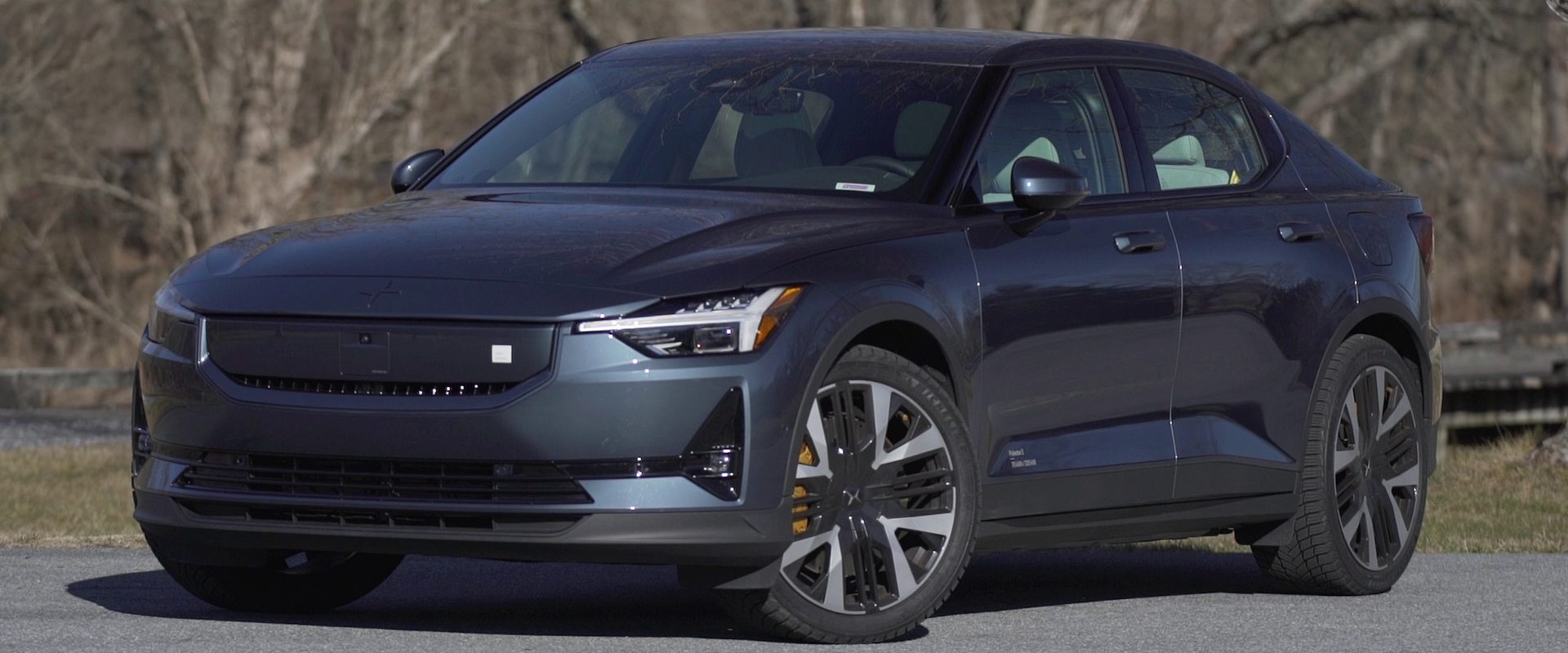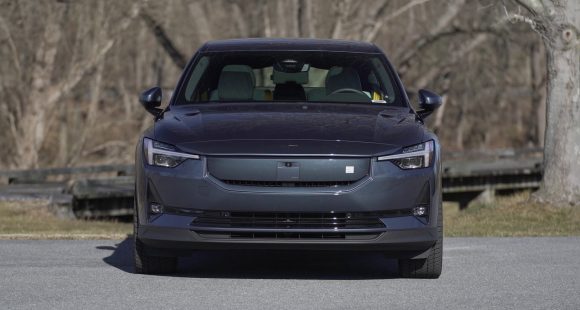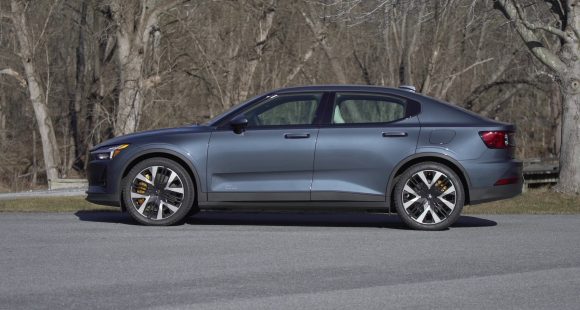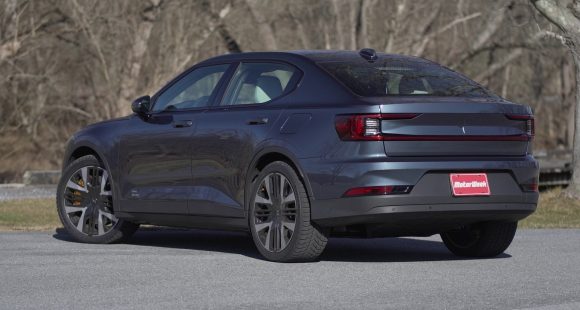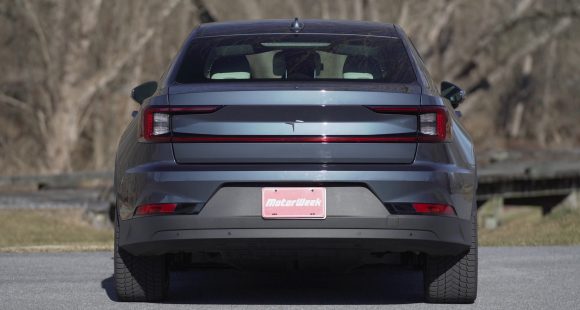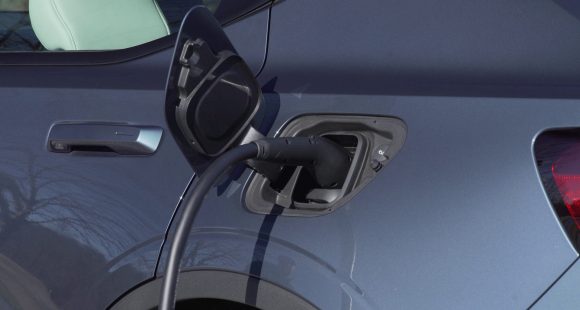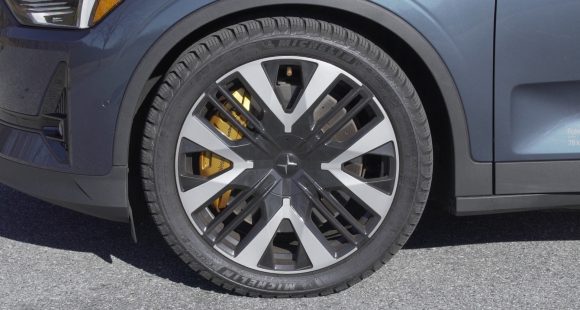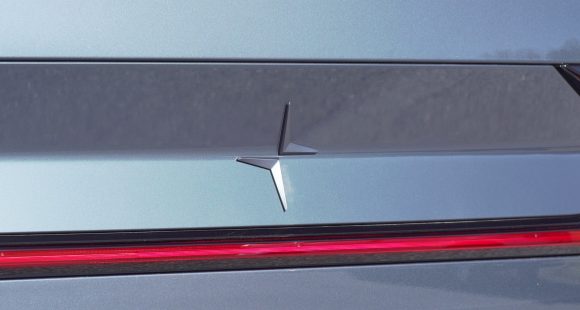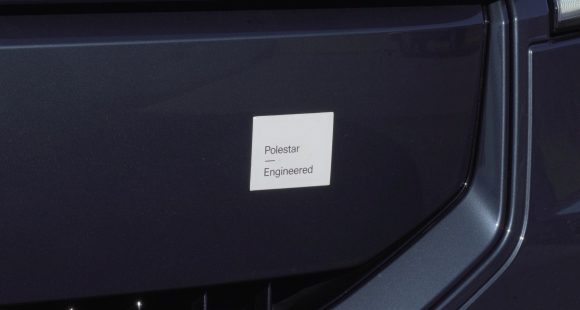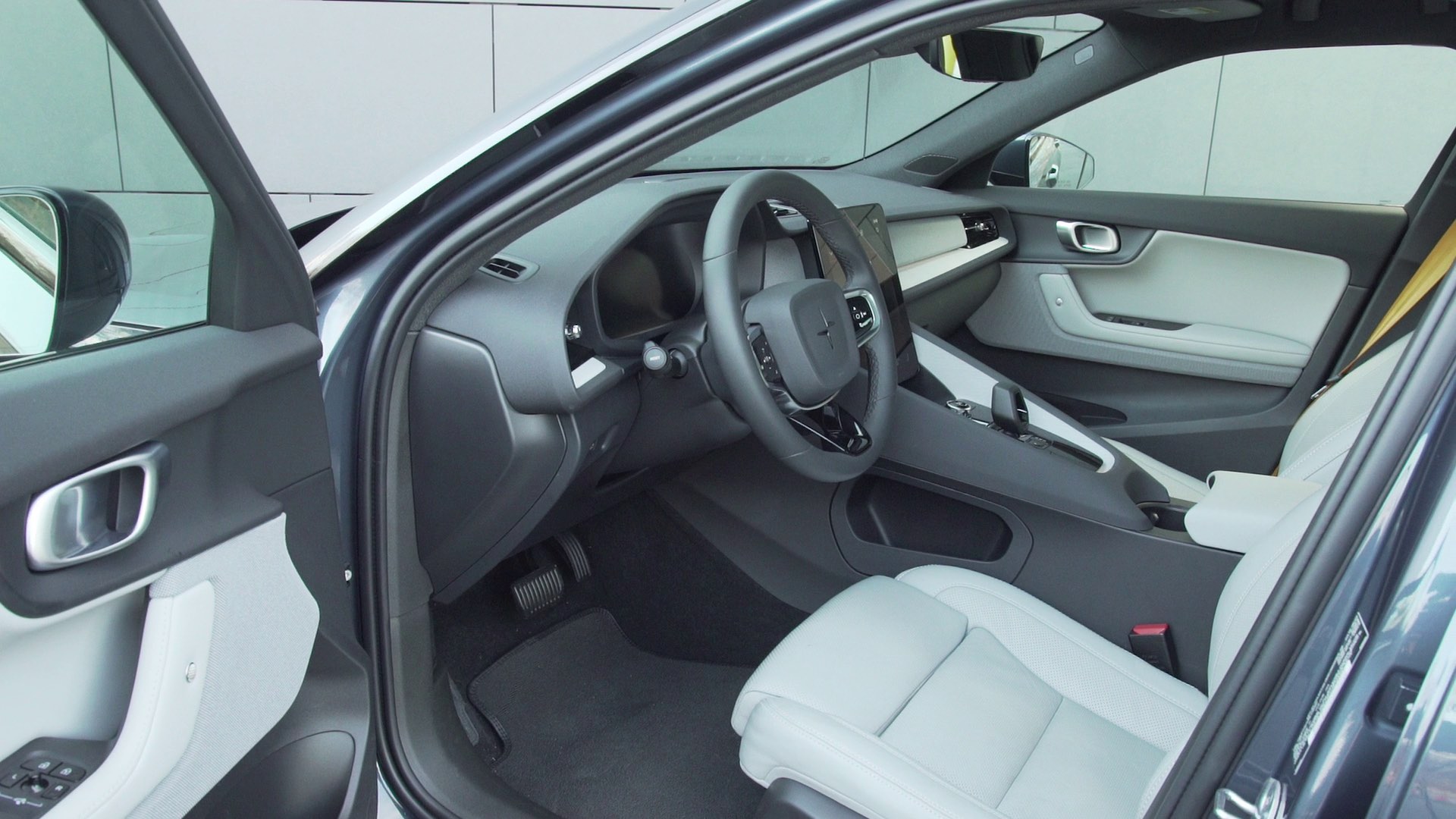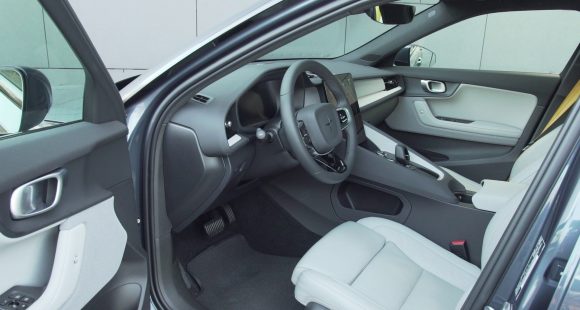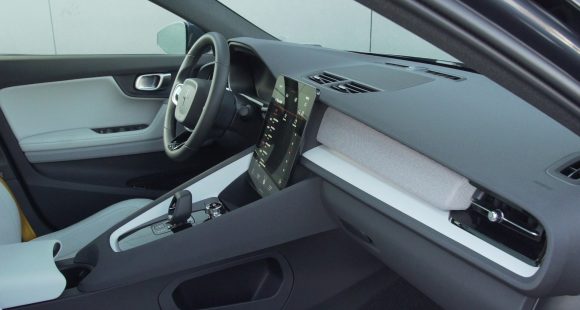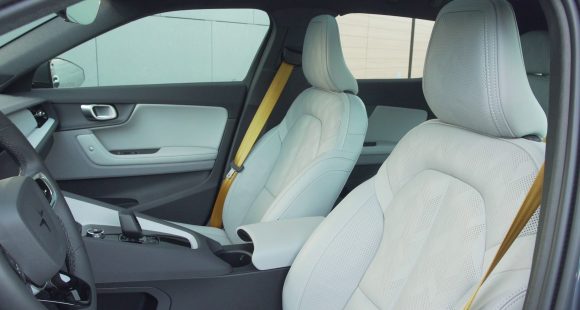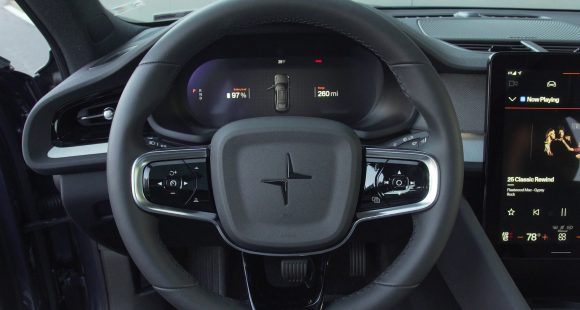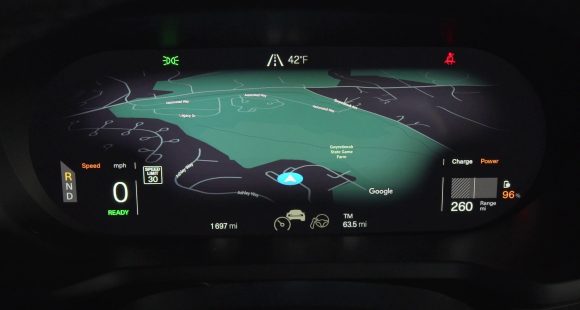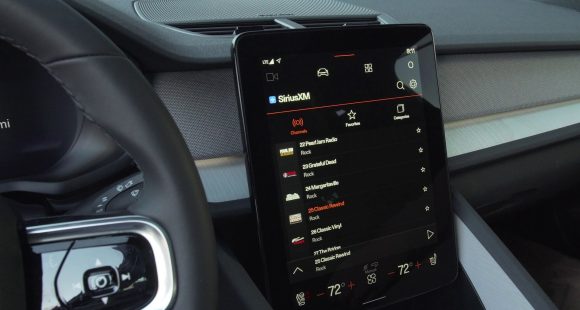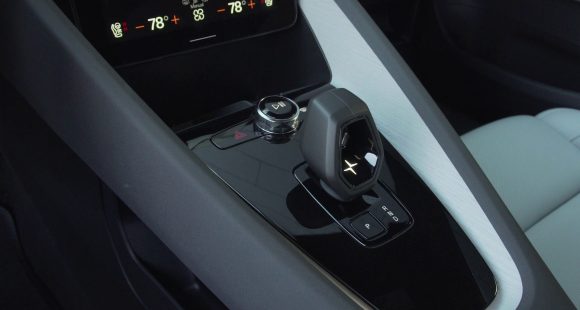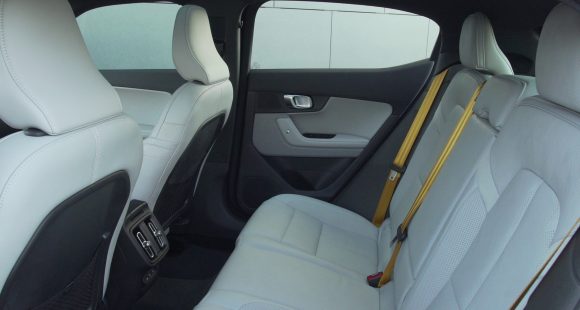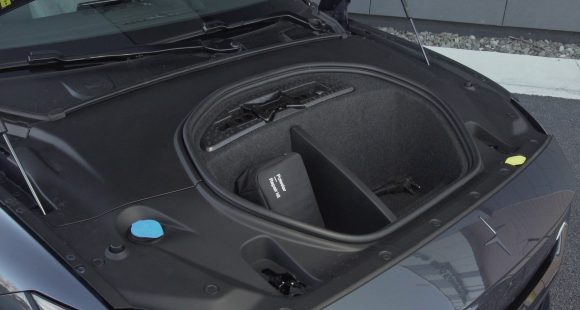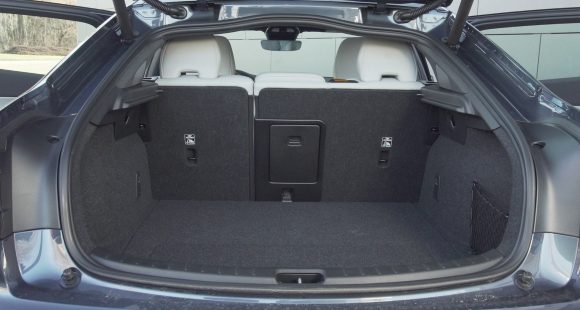2016 Toyota Prius
While almost every major car brand offers some form of hybrid vehicle, it’s Toyota that is truly the hybrid champ, with over 8 million hybrids on the road worldwide. And the vast majority of them are the hybrid that started it all, the Prius. Well, believe it or not, now it’s time for a 4th generation of the popular gas-electric. Let’s see if it’s still a green-machine benchmark.
Not only is this 2016 Toyota Prius all-new, but it’s built on Toyota’s New Global Architecture that will carry a wide variety of new models in years to come; not just hybrids.
And while that might be mostly about cutting costs and simplifying production, it’s a much stiffer platform that is supposed to deliver a more rewarding driving experience; not a past Prius strong suit. Is this the fun to drive Prius we’ve been waiting for?
Well, a first-time double wishbone independent rear suspension is certainly an upgrade over the former torsion beam. It provides both a smoother reaction to bumps, and better grip in corners.
Now, we’re not saying it can now moonlight as a track day ride, but there is clearly a better, more in control feel behind the wheel. Furthermore things have gotten quieter and visibility has improved all around.
 Prius is longer than before, by over 2-inches; and appears less bulbous, if also less familiar. In fact, a taller front grille area, most probably for pedestrian crash protection, and a flatter, more defined hood, alters the traditional Prius triangular profile significantly. The stance is wider, lower, and with lots of front fascia character lines, far more aggressive.
Prius is longer than before, by over 2-inches; and appears less bulbous, if also less familiar. In fact, a taller front grille area, most probably for pedestrian crash protection, and a flatter, more defined hood, alters the traditional Prius triangular profile significantly. The stance is wider, lower, and with lots of front fascia character lines, far more aggressive.
Lighting is a big contributor to that theme too, from the standard, menacing slim LED headlights, to the form following signature tails.
New looks and improved driving capabilities are great, but Government Fuel Economy Ratings are far more important to the Prius buyer. While not yet finalized, Toyota estimates 54-City, 50-Highway, and 52-Combined. Or overall, 2 more than last year.
There will also be an Eco model with lighter weight and enhanced aerodynamics that will push the numbers even higher, to 58-City, 53-Highway, and 56-Combined.
As for the hybrid gasoline-electric powertrain behind those gains, it has gotten lighter and more compact.
The gas-fed internal combustion part remains a 1.8-liter I4; but it’s been redesigned top to bottom. And while fuel efficiency is up, power is down. Total output now comes at 121-horsepower.
Transmission remains a CVT, with a combined transaxle/electric motor that is also smaller and more efficient. If only we could figure that trick out for ourselves.
 The powertrain space saving translates to more space inside. It was already a pleasant, if not super comfortable environment, but now it’s been upgraded to be a bit more mainstream and perhaps more inviting, but there is still plenty of that “Prius feel” remaining to keep it unique.
The powertrain space saving translates to more space inside. It was already a pleasant, if not super comfortable environment, but now it’s been upgraded to be a bit more mainstream and perhaps more inviting, but there is still plenty of that “Prius feel” remaining to keep it unique.
The instrument panel now has a hint of a wraparound theme to it, and controls are more in-line with the rest of the Toyota car family. Yet, the wide, and very comprehensive full-color TFT gauge cluster remains in a centrally located dash top bubble.
Steering wheel controls are even more comprehensive, and of course there’s a big center touchscreen for navigation and the like.
Front seat comfort and support have never been Prius strong points. 20-16 makes another stab at correcting that. The cockpit feels wide and airy, and there is excellent small item storage. The rear seat is also more comfy even as the space retains its coziness.
Cargo space is up slightly as well, to 24.6 cubic-ft. with a spare tire, 27.4 without; thanks to the smaller battery pack which is now Lithium-ion in most models, and now located completely under the rear seat.
 It seems like everything you buy these days, whether it’s a toaster or toilet boast increased safety, and for ’16 the Prius gets Toyota’s Safety Sense, with Lane Departure Alert, Radar Cruise, Pedestrian Detection, and other active features to keep you from hitting anything or anyone; making the new Prius a borderline autonomous machine.
It seems like everything you buy these days, whether it’s a toaster or toilet boast increased safety, and for ’16 the Prius gets Toyota’s Safety Sense, with Lane Departure Alert, Radar Cruise, Pedestrian Detection, and other active features to keep you from hitting anything or anyone; making the new Prius a borderline autonomous machine.
Pricing starts off at exactly the same place as the outgoing model at $25,035. A top end Four Touring starts just over 30 Gs.
We’ve been down this road three times before with Toyota. As like many of their recent products, their hope is that the 2016 Prius will transition from being a rational purchase to an emotional one. We’re not sure it’s quite there, yet. But bottom line, the Prius will continue to do what it has done for years, expand the hybrid profile to more and more households, and be the gasoline/electric benchmark for others to follow.
Specifications
- Engine: 1.8 liter I4
- Horsepower: 121
- Torque: 105 lb-ft.
- EPA: 54-City /50-Highway
2024 Polestar 2
More Range And More Power For The Polestar 2
Volvo is well on their way to making the transition to an all-electric brand, but their sister-brand Polestar is already there. Now, we’ve spent lots of time in their all-wheel drive, five-door Polestar 2, having tested it in 2021, and a year later when a two-wheel drive version arrived. But, EV updates are coming quickly. So, let us be your guide for all that’s new with the Polestar 2.
While we are driving more EVs than ever, we’ve also been spending a lot of time recently circling back to ones we’ve previously tested. As in this new era of electrified vehicles, significant updates are arriving quickly, with R&D investments increasing and retrofitting them easier than ever. This is often done through software updates that can even be accomplished over the air. For 2024, the Polestar 2 has indeed gotten some software updates, but some physical ones as well.
Clearly aimed directly at Tesla’s Model 3 when it arrived; the Polestar 2’s build quality was vastly better, but range definitely came up short. So, addressing that was priority No. 1; and for ’24 the Polestar can travel up to 20% farther than before while consuming 9% less energy, and when it comes time to charge it back up, it can do that 34% faster too.
Range in the Single Motor version increases from a max of 270 to 320 miles thanks to a larger 82-kWh battery pack, and that solitary motor now powers the rear wheels, not the front wheels. It’s also bigger, coming in at 220 kW compared to the previous 170 kW front-wheel drive version, going from 231 to 299 horsepower.
Dual Motors keep the same 78-kWh battery, but still sees a boost from 260 to 276 miles and takes advantage of the larger rear motor for a new combined 310-kW output with 421 horsepower. Our test car has the added Performance Pack, which uses an additional 35 kW to deliver 455 horsepower and 546 lb-ft of torque, though max range drops to just 247 miles.
The new battery in rear-drive 2s will also charge faster, now accepting up to 205 kW for an 80% charge in 20 minutes; max for dual-motors stays at 155 kW, which puts an 80% charge at 34 minutes. Using 32 kWh of electricity per 100 miles, the Dual Motor earns a good efficiency rating.
The [Polestar] 2 has always been one of the most enjoyable EVs to drive, even more so now with that additional power coming from the rear motor.
Unfortunately, extremely cold temperatures kept us from seeing that increased range, as we were only on pace for about 194 miles in our test.
The 2 has always been one of the most enjoyable EVs to drive, even more so now with that additional power coming from the rear motor. And especially when equipped with the Performance Pack as it not only includes more power, but adds 20-inch forged wheels, upgraded brakes, and adjustable Ohlins Dual Flow Valve performance dampers. It greatly improves handling prowess without affecting ride quality, and is easily worth the $5,500 charge if you at all enjoy driving.
Even on a 20-degree track day there was plenty of grip through our handling course. No understeer or oversteer, and lots of feedback through the wheel. There was a nice, strong launch off the line that properly planted us firmly in the seat, and rocketed us to 60 in 4.5 seconds. Power delivery stayed pretty intense up until about 80 mph when there was a definite tapering off. Still, it was a 13.4-second quarter-mile at 102 mph; smooth, quiet, and stable the whole way.
When this car debuted, its Google-based infotainment setup was a novelty, but since then, more and more manufacturers are just “Googling it” so it doesn’t seem out of place at all. The wireless phone charger is easy to access, and there’s a great Harmon/Kardon sound system and panoramic sunroof to enhance the in-cabin experience. Exteriors have also been enhanced with a smooth grille insert and new wheel choices.
Hatchback practicality means 14.3 cu-ft of easy to access cargo space with split-folding seatbacks for longer items and expanding the space to 38.7 cu-ft. Plus, there’s even a sizeable storage bin up front under the hood.
Single Motor Polestar 2 pricing now starts at $51,300, with Dual Motors starting at $56,700; topping out at $64,400.
For a car manufacturer that hasn’t even been around for a decade yet, Polestar has kept itself busy, totally transforming their latest model in just a few years, making the 2024 Polestar 2 even more appealing. They are certainly off to a good start, and with a host of Polestars just over the horizon, including some all-important utility vehicles, this star will be shining even brighter.
Specifications
As Tested
- Motor Setup: Dual Motor
- Horsepower: 455
- 0-60 mph: 4.5 seconds
- EPA Range: 247 miles
- Efficiency : 32 kWh / 100 miles
- Battery Size: 78-kWh
- Torque: 546 lb-ft
- 1/4 Mile: 13.4 seconds at 102 mph
- MW Test Loop: ~ 194 miles
- Peak Charging Rate: 155 kW







